






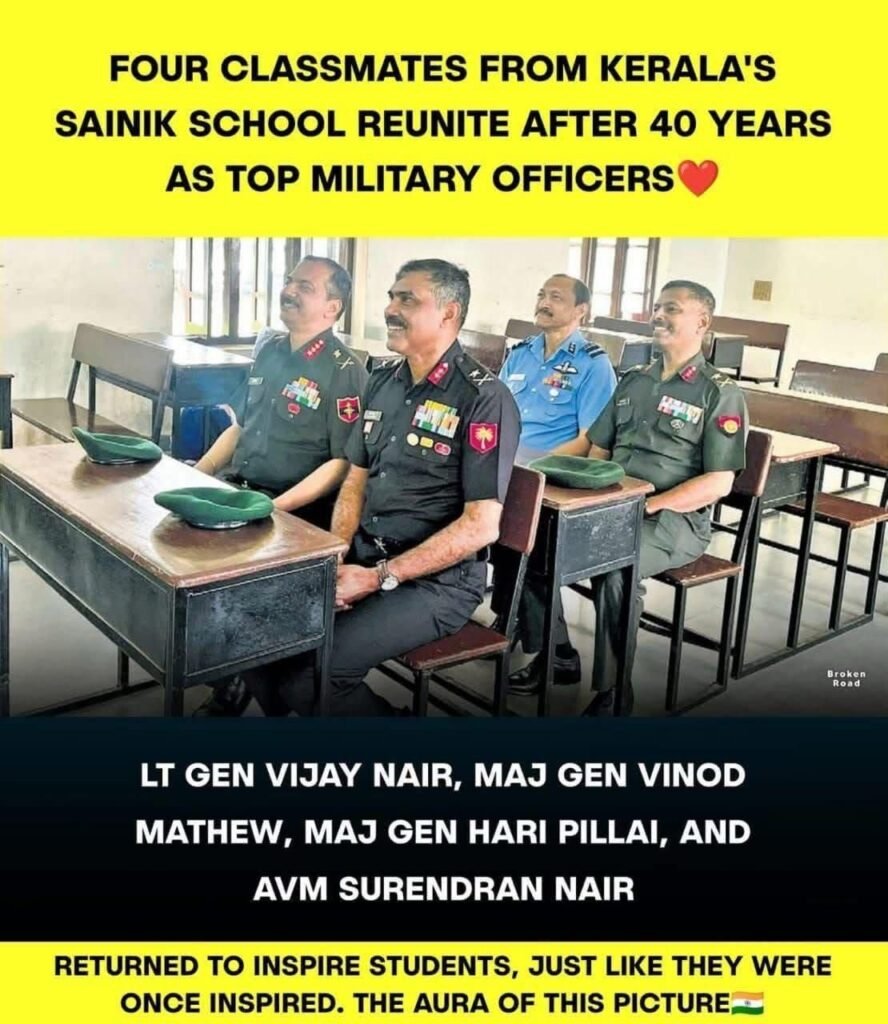
Two Army personnel, including a Lieutenant Colonel, lost their lives and three officers sustained injuries when a boulder fell on an SUV that was part of a military convoy in a remote area of eastern Ladakh on Wednesday, officials said.

The incident occurred at Charbagh near Durbuk in the Galwan region, approximately 200 km from Leh, around 11.30 am. The Army identified the deceased as Lt Colonel Bhanu Pratap Singh Mankotia and Lance Dafadar Daljit Singh (14 Sindh Horse).
The injured have been identified as Major Mayank Shubham (14 Sindh Horse), Major Amit Dixit and Captain Gaurav (60 Armoured). They were immediately evacuated to the military hospital in Leh, where they are currently undergoing treatment.
In a statement on X, the Ladakh-based Fire and Fury Corps said: “The GOC, Fire and Fury Corps, and all ranks salute Lieutenant Colonel Bhanu Pratap Singh Mankotia and Lance Dafadar Daljit Singh, who made the supreme sacrifice in the line of duty in Ladakh on July 30, 2025. We offer our deepest condolences to the bereaved families in this hour of grief.”
According to the statement, a boulder fell from a cliff onto one of the vehicles in the convoy, after which a rescue operation was launched immediately. Sources said the convoy was en route from Durbuk to Chongtash for a training mission when the accident occurred. Rescue teams faced considerable difficulty in extracting the injured, as the vehicle was crushed by the impact of the boulder. The driver, Daljit Singh, was trapped inside the vehicle and succumbed to his injuries.

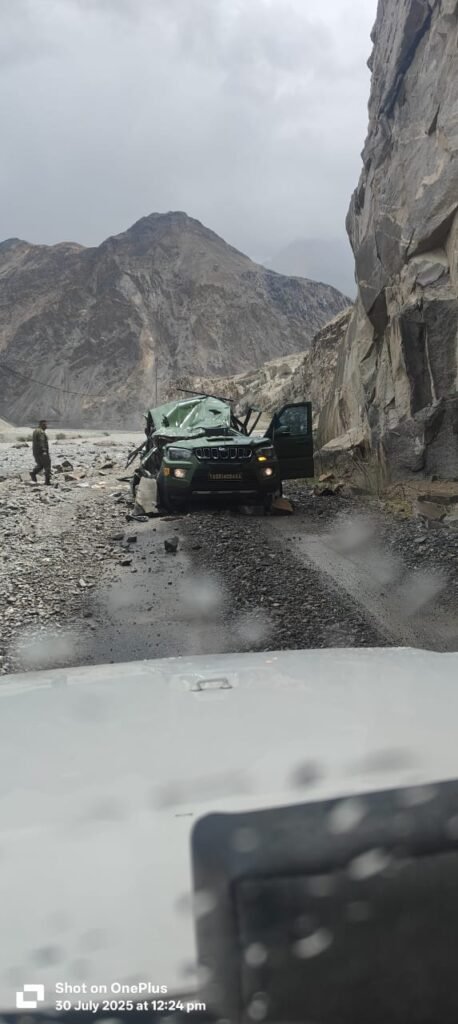
Message from CO 5 SIKH👇🏻
Today we lost one of our own. Lt Col Bhanu Pratap Singh Mankotia had done part of his attachment with 5 SIKH( my Bn) while we were in Handangbrok, Batalik Sector. Originally from Scinde Horse.
He was an excellent officer, thorough professional, a brilliant sportsman and a perfect gentleman. The list of his accolades is very distinguisehd – ACA in Academy, Passed out with the coveted Sword of Honour, Best in YO Course, recently finished Staff Course and even won the Scudder’s Medal (Best in Academics) at DSSC, Wellington.
A fourth generation Army Officer, father is a Retd Guards Officer. His brother is serving in RajRif. Married to an army officer’s daughter and blessed with a baby boy.
We pray to Waheguru to grant peace to the departed soul and strength to his family to bear this irreparable loss.
Salute to Bhanu & prayers for his family.
Following officers who attended the lunch at KOI in Chandimandir on 30th July Wednesday from1200 PM onwards :-(20)
Vedio reveals all
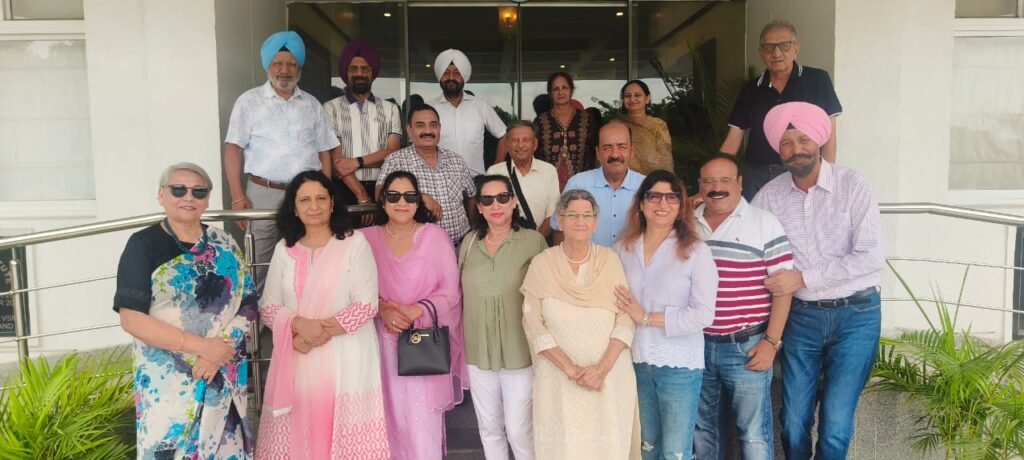
on way out
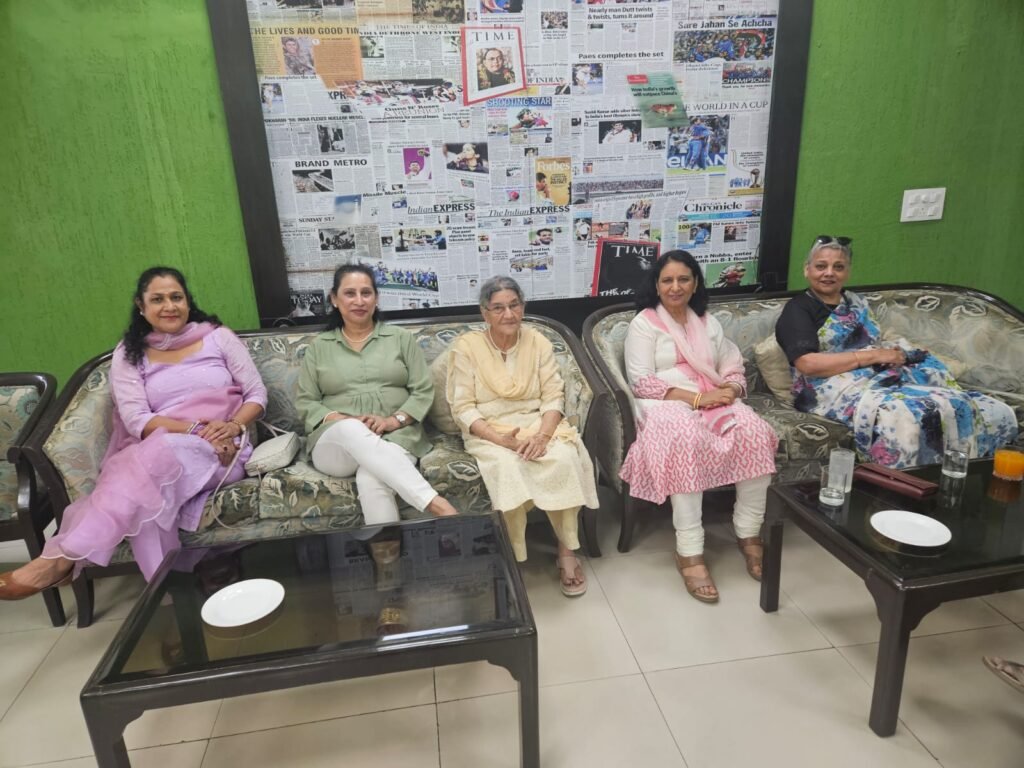
The beautiful ladies :Lto R- Mrs Harbinder Sandhu,Mrs Om Prakash,Mrs Pandey,Mrs swaran Singh and Mrs Amarjit
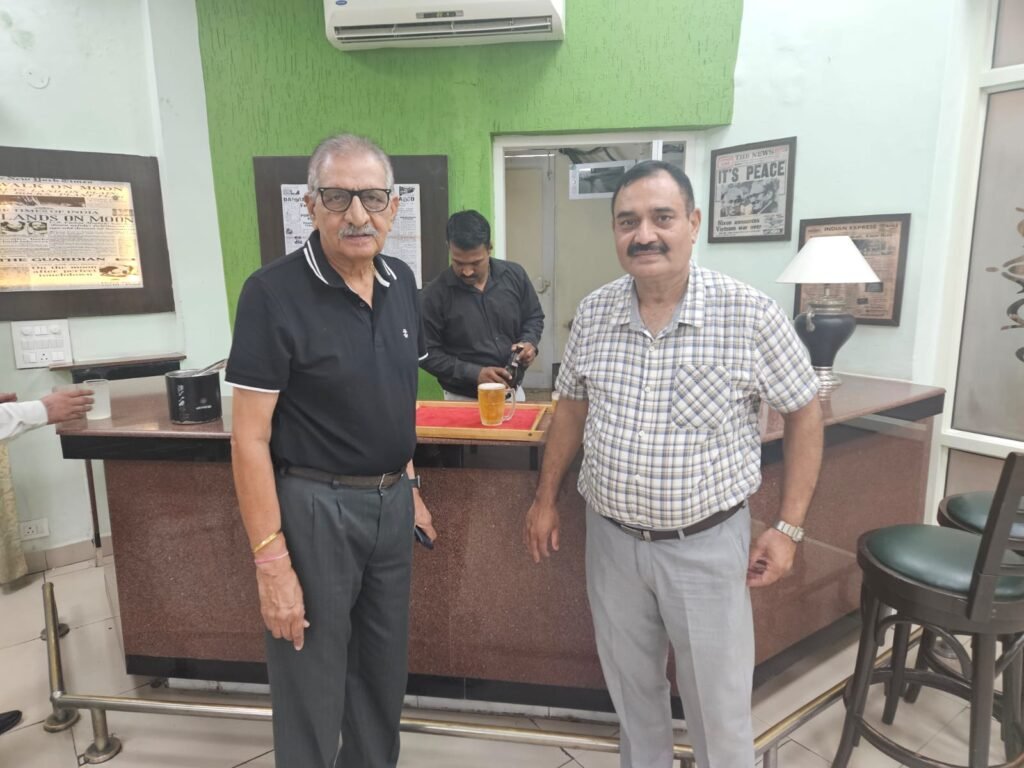
Brrig SS Tejpal with Col Om Prakash hitting the Bar to quench the thirst
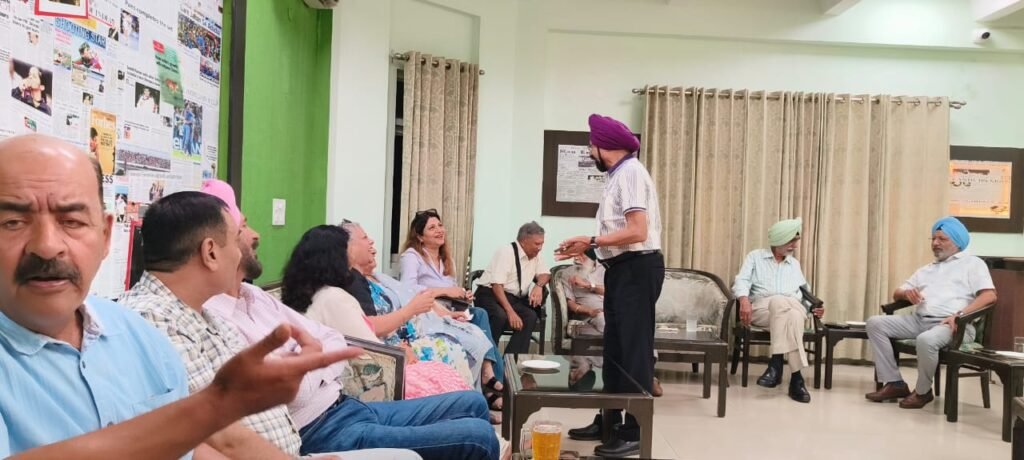
LTO R-BRIG INDIVEER SOOD,COL OM PRAKASH,COL SWARAN SINGH,MRS SWARAN,MRS AMARJIT, MRS KHURANA ,COL CHARANJIT CHATTING WITH LADIES.COL AM PADEY WITH COL SS DHANOA,COL MS SANDU AND BRIG AMARJIT.
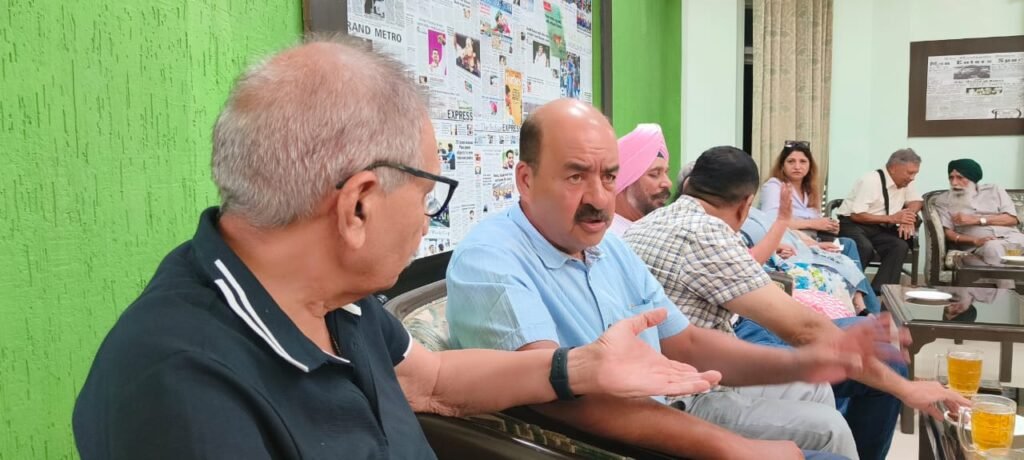
SERIUOUS DISCUSSION AMONG BRIG TEJPAL AND BRIG SOOD
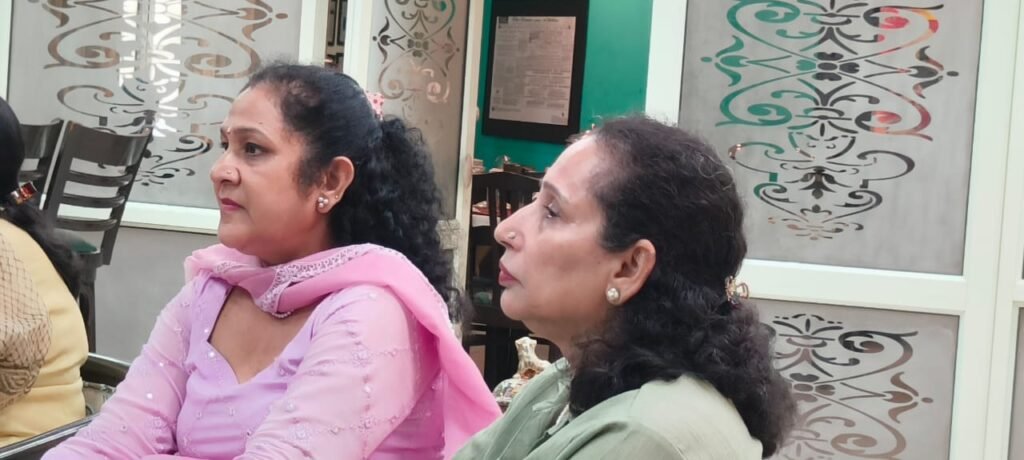
TWO LADIES SITTING QUITE : ??????
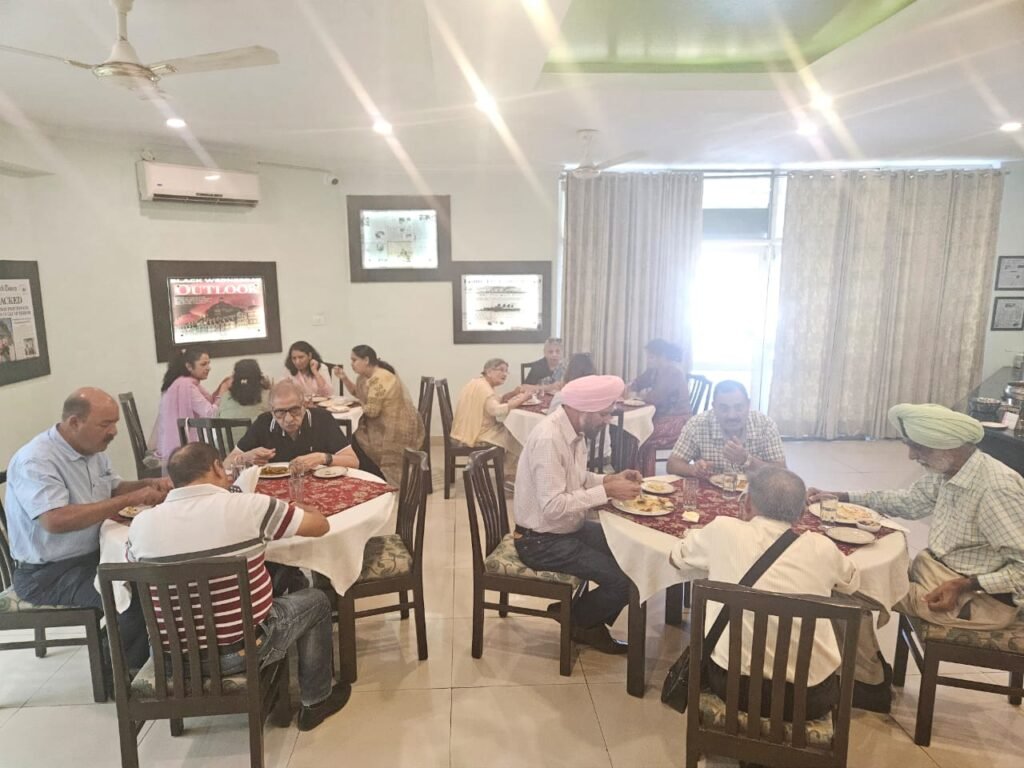
THE HUNGARIES AT HAVING LUNCJH
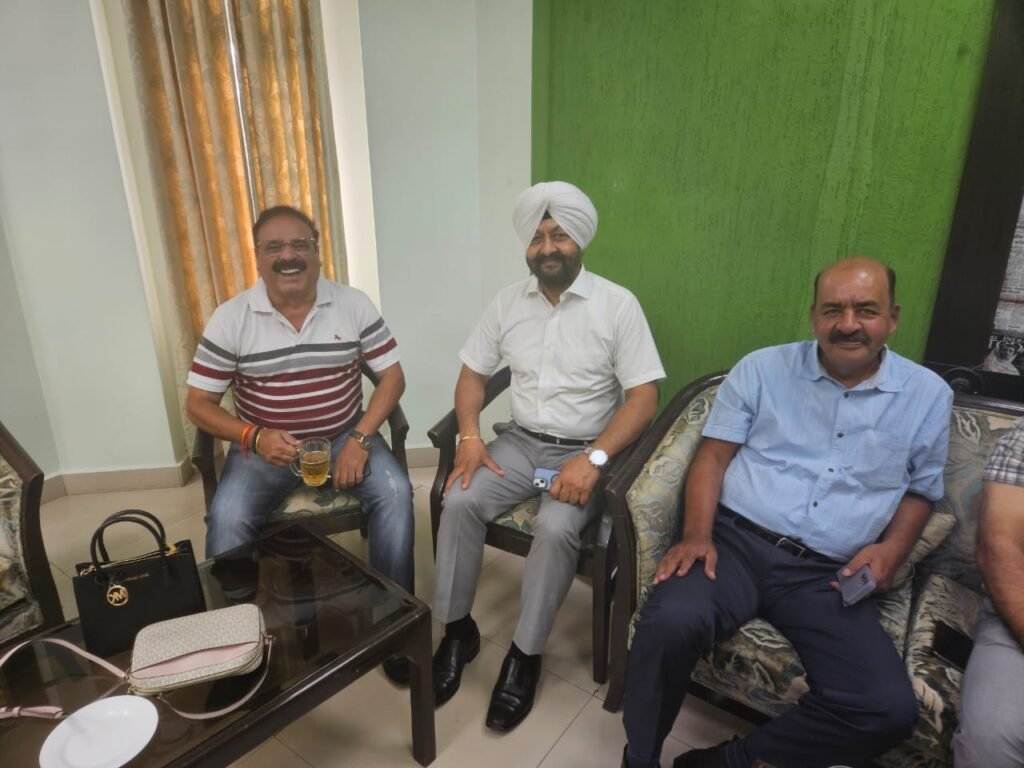
HAPPY MOODS : COL KHURANA.COL HARBINDER AND BRIG SOOD
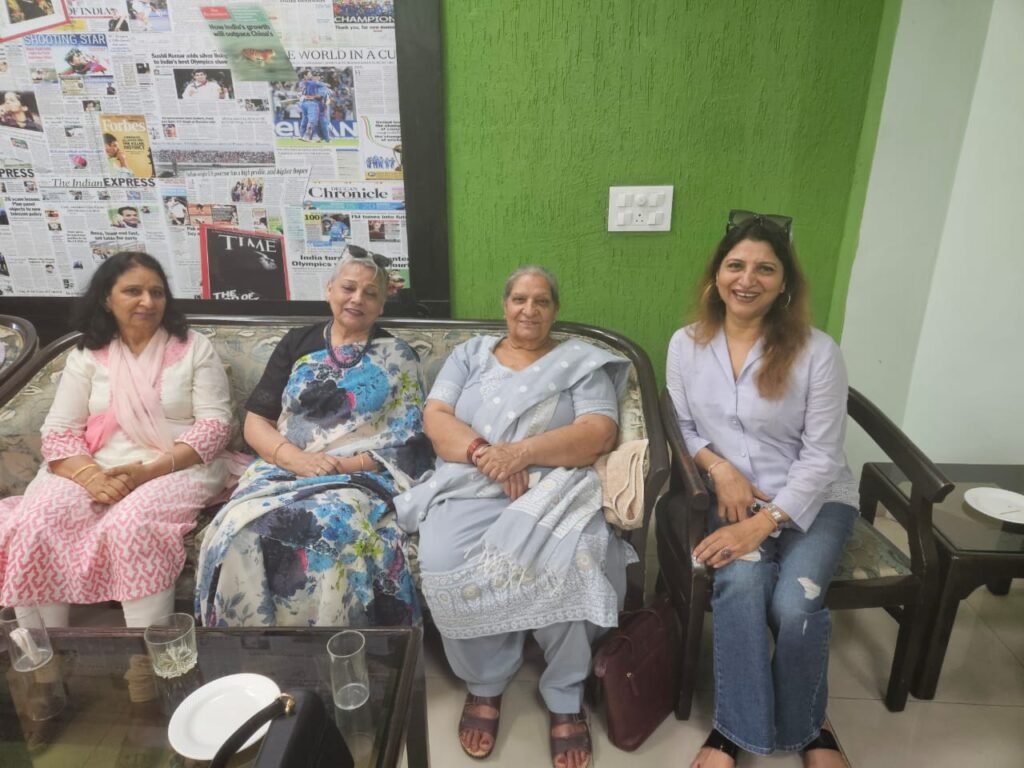
L TO R—MRS SWARAN,MRS AMARJIT,MRS DHANOA,MRS KHERANA
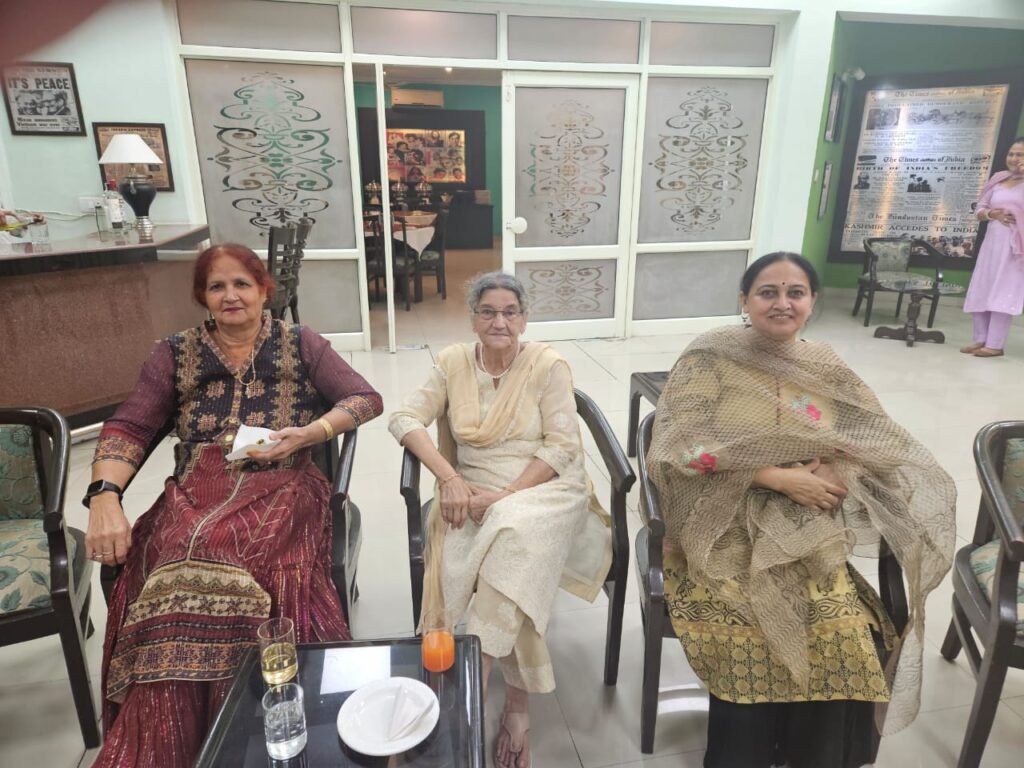
MRS TEJPAL,MRS PANDEY AND MRS SOOD
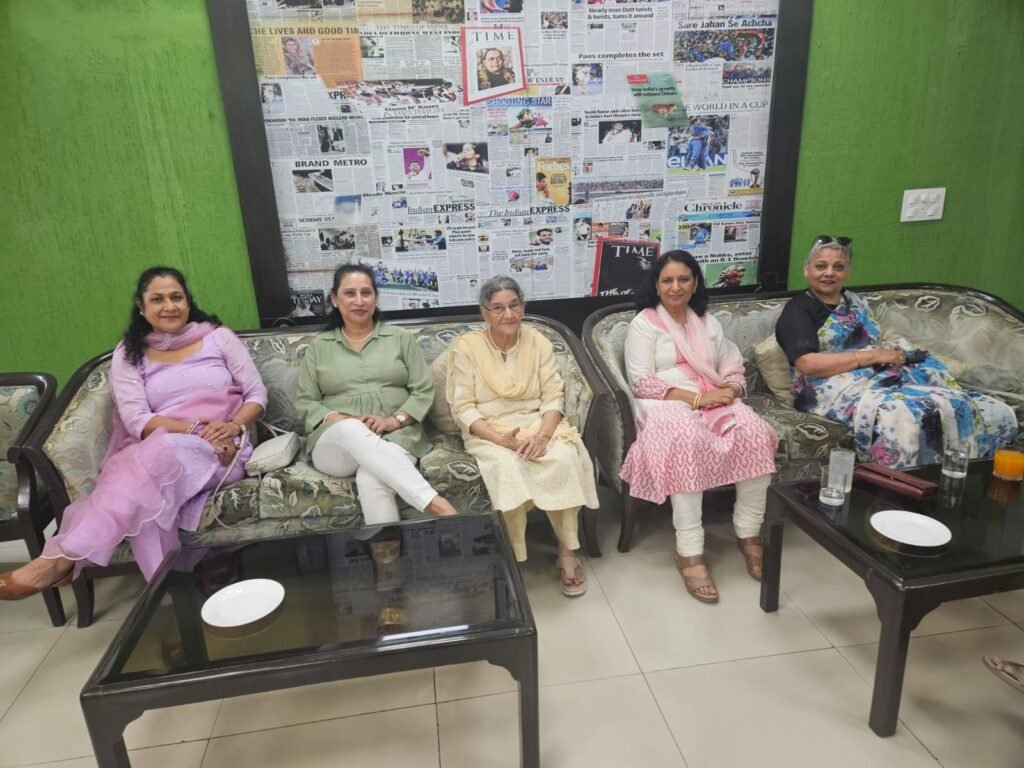
MRS HARBINDER,MRS OM PRAKASH,MRS PANDEY,MRS SWARAN,MRS AMARJIT
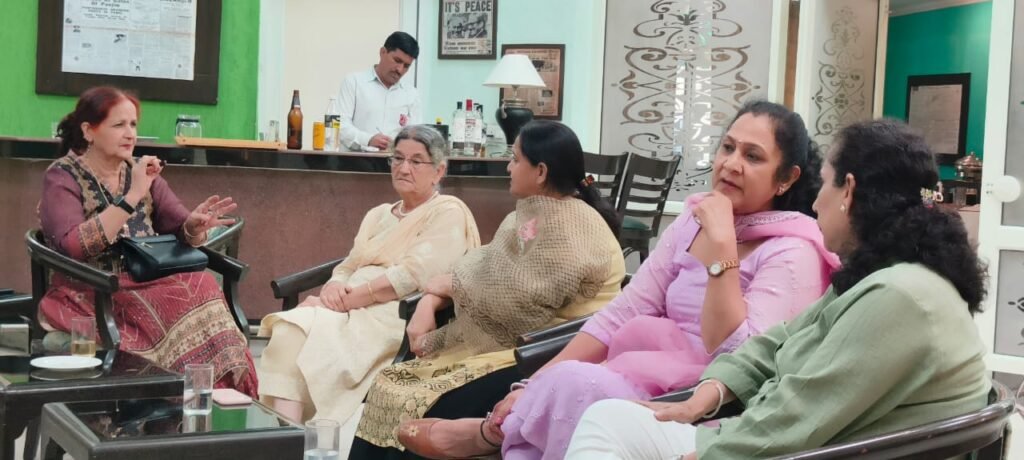
MRS TEJPAL IN SERIOUS DISCUSSIONS WITH MRS PANDEY AND MRS SOOD AND MRS HARBINDER SHARING POINT WITH MTRS OM PRAKASH
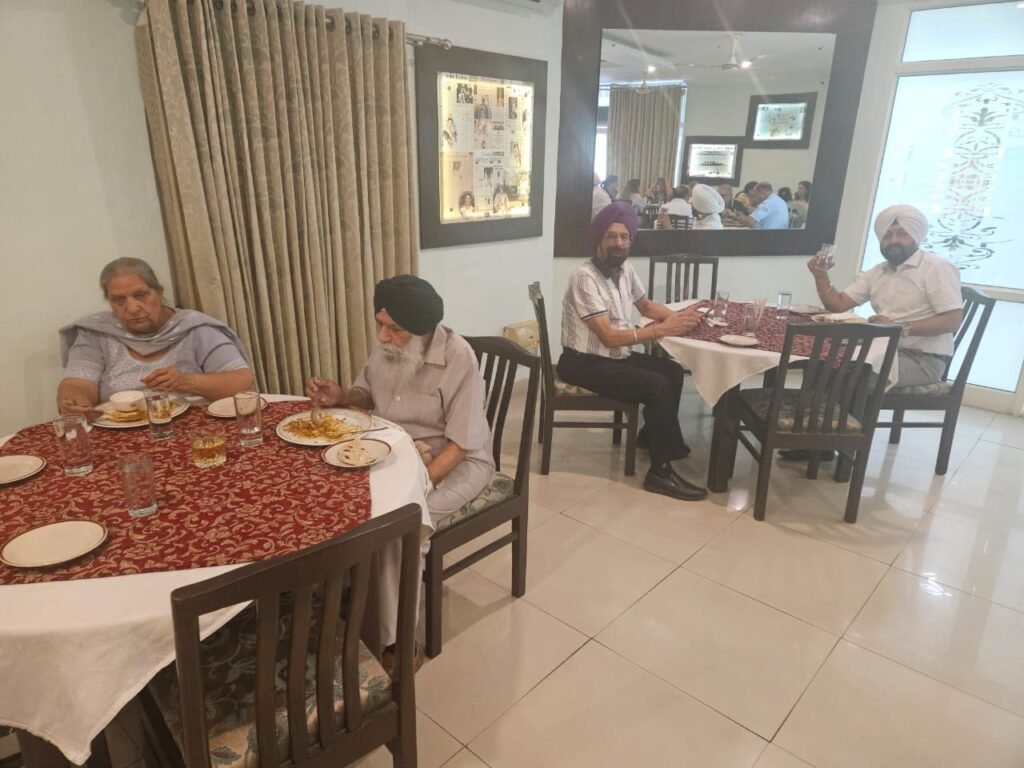
COL AND MRS DHANOA HAVING LUCH AND COL CHARANJIT WITH COL HARBINDER ON RIGHT

The 4 Para Special Forces (SF), famously known as the ‘Mighty Daggers,’ stands as one of the Indian Army’s most elite and battle-hardened special operations units, renowned for their exceptional proficiency in counter-terrorism, surgical strikes, and high-risk mountain and jungle warfare.
This distinguished regiment forms a crucial component of the Parachute Regiment (Para SF), commonly referred to as the ‘Red Devils’ due to their signature maroon berets, a symbol strongly associated with airborne forces.
The epithet ‘Red Devils’ also ties the unit to a global fraternity of elite airborne commandos, evoking the reputation of elite units like Britain’s paratroopers. The nickname ‘Mighty Daggers’ encapsulates their striking operational style—characterised by razor-sharp precision, rapid deployment, and deep infiltration capability—reflecting their aptness in surgical and aggressive combat engagements.
Historically rooted in World War-II, the 4 Para was originally raised in 1941 as a standard airborne infantry battalion within the British Indian Army, actively participating in significant campaigns such as those in Burma. After India’s independence, 4 Para continued as a parachute infantry unit, playing notable roles in the 1965 and 1971 Indo-Pak wars.
However, evolving warfare demands in the 1980s triggered a paradigm shift where select battalions—including the 4 Para—transitioned towards specialized unconventional warfare capabilities. This transition culminated in 2001, following the Parliament attack and escalating terrorism threats, resulting in 4 Para’s formal conversion into a Tier 1 Special Forces regiment.
Since then, they have been rigorously trained in advanced operations encompassing high-altitude HALO (High Altitude Low Opening) jumps, jungle and mountain warfare, and urban close-quarters battle (CQB) skills, with training canters in Himachal Pradesh, Belgaum, and Nahan sharpening their combat edge.
Throughout recent decades, the 4 Para SF has been pivotal in some of India’s most critical counter-terror operations, exemplifying their tactical mastery and resilience. The 2016 surgical strikes stand out as a watershed moment wherein 4 Para commandos executed a daring cross-border operation against terrorist launch pads in Pakistan-occupied Kashmir following the Uri terror attack. Conducted under the cover of darkness, the unit neutralised multiple targets with zero casualties on their side, signalling India’s shift to proactive terror neutralization doctrines.
Similarly, the April 2020 Kupwara snow encounter showcased their adaptability and courage in extreme conditions. Inserted via helicopter into a treacherous snow-covered forest, the unit engaged in intense close-quarters combat against heavily armed infiltrators despite environmental hazards such as crevasse falls, ultimately eliminating all terrorists involved. Most recently, in July 2025, 4 Para played a crucial role in the high-stakes
Operation Mahadev conducted in the dense Harwan forest near Dachigam National Park. The operation resulted in the elimination of three terrorists, including the mastermind behind the Pahalgam massacre, demonstrating their unmatched capacity for precision strikes in challenging terrain.
The 4 Para’s rigorous selection process, reputed as one of the toughest globally, ensures that only the most physically and mentally resilient individuals become part of this elite cadre.
Their reputation as one of South Asia’s most lethal strike forces comes not only from their combat prowess but also from their strategic utility in high-risk, high-impact operations.
Often operating under deep cover along the Line of Control, in Jammu & Kashmir, and the Northeast, their missions demand surgical accuracy and swift execution, hallmarks of their operational philosophy. The ‘Mighty Daggers’ have become synonymous with swift, decisive, and deadly action, upholding a legacy of courage, precision, and relentless commitment to national security.
Based On A News18 Report
It has also been made clear that all the officials will remain suspended and will be posted ‘only outside Patiala’

n a major development in the alleged attack case on a serving Army Colonel, a departmental inquiry by Patiala SSP has recommended severe action against four erring inspectors and two other officials, including deduction in service and stay on promotions.
The recommendations have been issued against the officers, who will be given a chance to respond to them.
According to officials, three years of service deduction for these officers, and no salary increments for the same period have been recommended. “Also, these police officers will not get any promotions for three years, and there will be no salary additions for them too,” said an official.
The police have also made it clear in their recommendations that all these officials will remain suspended and will be posted “only outside Patiala.”
The Punjab and Haryana High Court has already handed over the probe in the case to the Central Bureau of Investigation (CBI), which has registered an FIR in the matter. Despite the case being over four months old, no accused policeman has been arrested so far.
Meanwhile, Patiala SSP Varun Sharma confirmed that he had recommended the action based on the findings of an inquiry conducted by an SP-level officer. “The accused can reply to the recommendations of the probe report,” he said.
The Patiala Police had earlier registered an FIR against three inspectors—Harry Boparai, Ronnie Singh, and Harjinder Dhillon—along with other police personnel, under Sections 109 (abetment of attempt to murder), 310, 155(2), 117(2) (both related to voluntarily causing hurt), 126(2) (wrongful restraint), and 351(2) (criminal intimidation) of the Bharatiya Nyaya Sanhita (BNS).
The name of the fourth inspector was later added to the FIR under Sections 299 and 191 of the BNS
The case
The alleged incident occurred on the intervening night of March 13 and 14, when Colonel Pushpinder Singh Bath and his son were at a roadside eatery near Government Rajindra Hospital in Patiala. The family claimed that while they were standing outside their car and eating, some police officers in civilian clothes approached them and asked the Colonel to move his vehicle so they could park theirs. Later, over a dozen police personnel allegedly attacked the Colonel and his son using rods and sticks, leaving them badly injured.
1st such mention since 2019; India’s sustained diplomacy pays off

In a significant development, a United Nations Security Council (UNSC) monitoring team has directly implicated The Resistance Front (TRF), a Lashkar-e-Toiba (LeT) affiliate based in Pakistan, in the April 22 Pahalgam terror attack on. This marks the first time since 2019 that the UN has named LeT or its factions in its reports.
The move comes just weeks after the US officially designated TRF as a terrorist organisation. The report describes how five terrorists targeted a tourist location in Pahalgam, killing 26 civilians. While the TRF initially claimed responsibility and even circulated photographic evidence, it retracted its claim four days later. The UN report warns, “Regional relations (India-Pakistan) remain fragile. There is a risk that terrorist groups may exploit these regional tensions.”
The findings are significant as all decisions of the Sanctions Committee set up under UNSC resolution 1267, including reports of the monitoring team, are adopted by consensus in the UNSC, where Pakistan currently holds the rotating presidency. Earlier, Pakistan’s Foreign Minister Ishaq Dar had boasted in the National Assembly about successfully pressuring the UNSC to omit references to the TRF in a statement condemning the attack.
Pakistan has long employed a strategy of “plausible deniability”, rebranding jihadist proxies like the TRF and People Against Fascist Front with secular-sounding names to mask their ties to LeT and Jaish-e-Mohammed while projecting terrorism in Jammu & Kashmir as an indigenous movement.
India has intensified diplomatic efforts to expose these links, with the Ministry of External Affairs (MEA) submitting detailed evidence since December 2023. In 2024 alone, the MEA provided two sets of inputs on TRF’s activities and its LeT connections. An inter-ministerial delegation also briefed the UNSC monitoring team and key member states in New York in May 2024, sharing a dossier on the TRF.
The report underscores growing international recognition of Pakistan’s obstruction of counter-terrorism efforts and the threat posed by its terror proxies. The UNSC monitoring team, established in 1999 under Resolution 1267 to oversee sanctions against terrorist entities like Al-Qaida, has progressively expanded its mandate to include groups like ISIS and LeT.
It signals a possible geopolitical shift, where the US increases its leverage in South Asia and indirectly targets India

President Donald Trump announced that the US has finalised a trade deal with Pakistan to collaborate on the development of Pakistan’s “massive oil reserves.”
“We have just concluded a Deal … Pakistan and the United States will work together on developing their massive Oil Reserves … Who knows, maybe they’ll be selling Oil to India some day!”, Trump said.
This announcement came within hours of Trump imposing a 25 per cent tariff (plus additional penalties) on Indian imports, citing Washington’s trade deficit with New Delhi and its purchase of Russian oil.
The energy agreement appears to be part of a broader US strategy to reshape trade partnerships, reduce trade deficits, and expand influence, particularly in South Asia, reports New York Post.
The deal highlights the strategic importance the US is placing on Pakistan’s energy potential.
It also signals a possible geopolitical shift, where the US increases its leverage in South Asia and indirectly targets India.
Key point
President Donald Trump announced a trade deal with Pakistan to jointly explore its “massive oil reserves.”
Details about the reserves remain unclear and unverified.
Oil Partnership in Development Stage
The US and Pakistan are in the process of selecting an oil company to lead the partnership.
Trump hinted Pakistan may eventually export oil to India.
No official reaction from Pakistan yet
Islamabad has not issued any response to the announcement.
Pakistan has been seeking foreign investment to develop unexplored offshore oil deposits.
Trump imposes 25% tariff on Indian goods
A new 25% tariff on all Indian imports to the US will take effect from August 1.
Additional penalties announced for India’s defense and energy purchases from Russia.
Criticism of India’s Trade and BRICS role
Trump called India’s trade policies “strenuous and obnoxious.”
He described India’s participation in BRICS as “anti-US.”
India responds to tariff announcement
The Indian government said it has “taken note” of Trump’s comments and is assessing the impact.
It reiterated commitment to a “fair and mutually beneficial” trade agreement with the US.
Wider US trade agenda
Trump mentioned ongoing talks with South Korea and other nations on tariff reductions.
A broader report on US trade deals is expected later.With inputs from agencies
Dares Modi to call US President a liar over Operation Sindoor ceasefire claims

Leader of Opposition in the Lok Sabha Rahul Gandhi speaks during a debate in the House on the Pahalgam terror attack and Operation Sindoor at the monsoon session of Parliament in New Delhi on Tuesday. PTI
Leader of Opposition in the Lok Sabha Rahul Gandhi on Tuesday launched a scathing attack on Prime Minister Narendra Modi, accusing him of leveraging the armed forces to bolster his personal image rather than to serve India’s strategic interests.
Participating in the debate on Operation Sindoor, Rahul questioned the government’s intent and alleged that political optics were prioritised over military objectives.
“Yesterday, Rajnath Singh said Operation Sindoor began at 1.05 am and lasted 22 minutes. The most shocking revelation was that at 1.35 am, India called Pakistan to inform them that we had hit only non-military targets and did not wish for any escalation,” he said, quoting the Defence Minister.
Calling it an “immediate surrender of political will”, Rahul claimed that by assuring Pakistan of restraint, the government limited the Air Force’s operational scope. “The DGMO was instructed to ask for a ceasefire at 1.35 am — barely half an hour after the strike. This was not strategic clarity; it was political compromise,” he alleged.
He further cited comments reportedly made by India’s defence attaché in Indonesia, suggesting that aircraft losses occurred because of political constraints on targeting. “The Modi government sent pilots into hostile territory and asked them not to hit military assets,” he charged.
Referencing Chief of Defence Staff General Anil Chauhan’s earlier remark about tactical corrections in follow-up strikes, Rahul said: “The IAF made no tactical mistake. The only mistake was sending them in with one hand tied behind their backs.”
He went on to claim that the objective of Operation Sindoor was not national security, but shielding the PM from criticism after the Pahalgam terror attack. “The PM had the blood of the victims on his hands and used the Air Force to protect his image,” Rahul said.
He also invoked US President Donald Trump’s claim that he brokered a ceasefire between India and Pakistan. “Trump has said 29 times that he helped stop escalation. If he’s lying, PM Modi should stand up and say so — like Indira Gandhi would have,” he challenged.
Warning against politicisation of the armed forces, the Congress leader said: “It’s dangerous for India when the PM uses the military for personal branding. You don’t leash a tiger if you want it to fight. If you want to fight, fight to win.”
He also raised concerns over Trump allegedly inviting Pakistan’s Field Marshal Asim Munir for lunch, calling it a grave insult to India’s fight against terrorism.
“Why hasn’t the PM said anything? Why didn’t he say, ‘How dare Trump invite Munir?’” Rahul asked, banging the table —prompting Speaker Om Birla to intervene.
Rahul then turned his ire towards External Affairs Minister S Jaishankar, accusing him of failing India’s foreign policy while falsely claiming that India has deterred Pakistan.
“Field Marshal Munir, US General Michael Kurilla and Generals from four Central Asian countries are currently attending a conference on counter-terrorism. While we go around telling the world that Pakistan sponsors terrorism, the US is not only engaging with Munir but also discussing cooperation with him,” he said.
“What planet is the Foreign Minister on?” Rahul asked, criticising Jaishankar’s recent claim that India had successfully deterred Pakistan.






















































